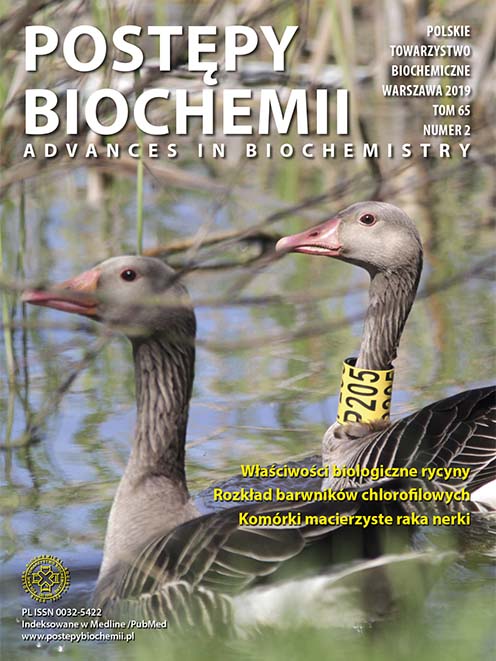Structure and properties of ricin â the toxic protein of Ricinus communis
DOI:
https://doi.org/10.18388/pb.2019_249Abstract
Ricin is a heterodimeric protein that consists of A and B subunits that can be produced in the seeds of the castor oil plant Ricinus communis. Its large quantities are accumulated in byproducts generated during the extraction of castor oil, widely used in the cosmetic and pharmaceutical industry. Ricin is one of the most potent toxins. Toxic effects of ricin are caused by its ability to inhibit protein synthesis and the level of toxicity depends on both dose and route of exposure. There are three route of administration of ricin: oral ingestion, parenteral (injectable) or inhalation. The clinical presentation of ricin toxicity depends on the route of administration. Toxin causes inflammation, gastrointestinal haemorrhages, renal tubular necrosis or hypoglycemia. Although ricin can be lethal, it has the potential for therapeutic use. Ricin A-chain is one of the first examples of a toxin coupled to monoclonal antibodies against cell surface proteins and is used experimentally for the treatment of various cancers. This article discusses the structure of ricin, the mechanism of its synthesis and describes the biological activity of this protein.
Downloads
Published
Issue
Section
License
All journal contents are distributed under the Creative Commons Attribution-ShareAlike 4.0 International (CC BY-SA 4.0) license. Everybody may use the content following terms: Attribution — You must give appropriate credit, provide a link to the license, and indicate if changes were made, ShareAlike — If you remix, transform, or build upon the material, you must distribute your contributions under the same license as the original. There are no additional restrictions — You may not apply legal terms or technological measures that legally restrict others from doing anything the license permits.
Copyright for all published papers © stays with the authors.
Copyright for the journal: © Polish Biochemical Society.




